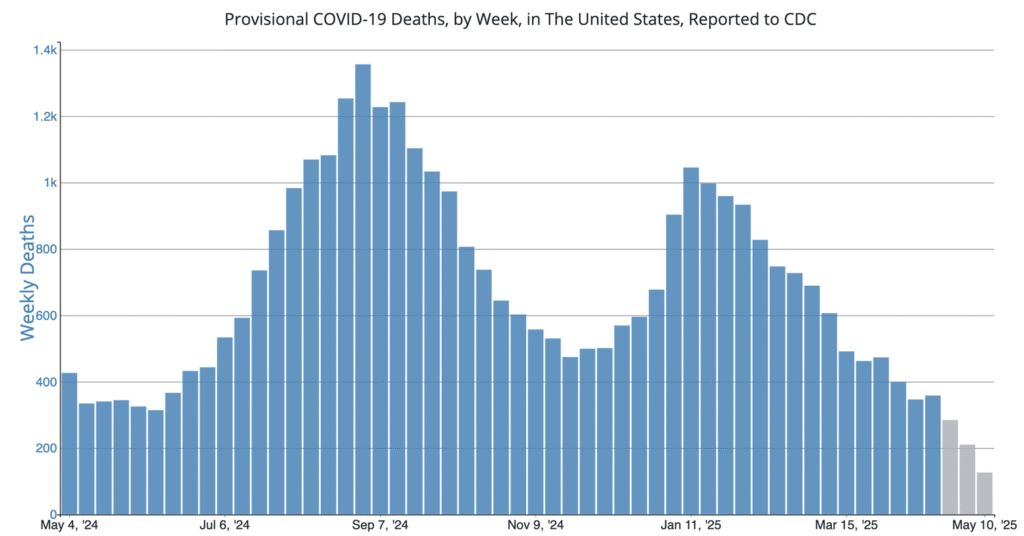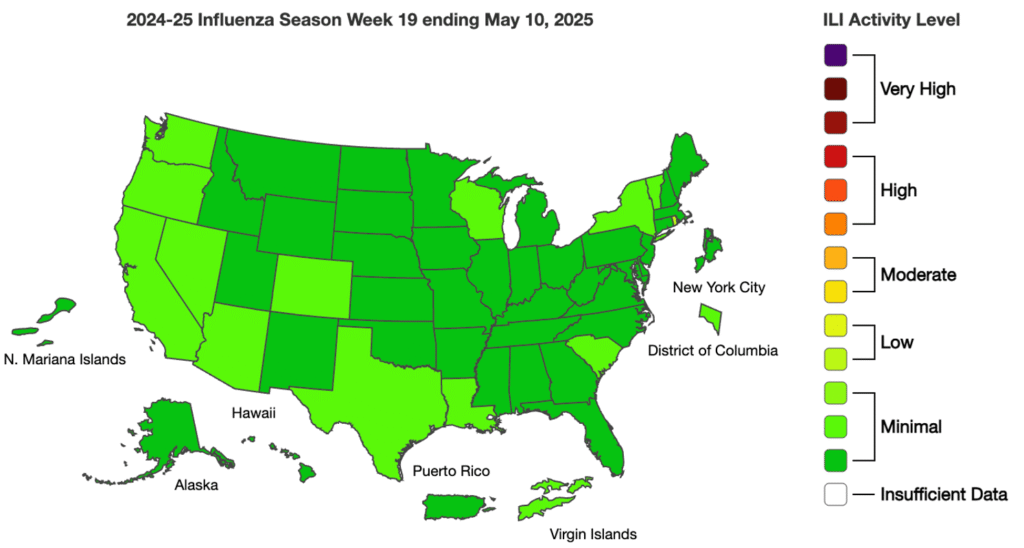While federal updates on H5N1 activity have been quite sparse recently, it is wise to keep your guard up and remain vigilant for signs and symptoms among animals and workers. On May 16, Brazil confirmed its first outbreak on a commercial poultry breeder farm in the southern part of the country. As one of the world’s top producers and exporters of poultry, Brazil produces 14% of global chicken meat production.
Although Brazilian authorities have stated that a contingency plan has been implemented to eliminate the disease and to maintain the sector’s productive capacity, many countries, including China, Mexico, Chile, and Uruguay, as well as the European Union, have halted poultry imports. The US is the world’s largest producer of poultry meat, but it also imported nearly $50 million worth of poultry in 2024, with Canada ($46.6M) and Brazil ($212k) being its two main sources.
Brazil is also not the only country in which H5N1 is continuing to spread. Although cases are decreasing in Europe, new outbreaks in commercial poultry were recorded in May in Hungary and Poland. Additionally, a report issued in early May by the Global Virus Network (GVN)—a consortium of top virologists from over 40 countries – included an “urgent call to action” to mitigate the escalating threat of H5N1 avian influenza. The analysis stated that governments’ “failure to act decisively now could pave the way for another devastating pandemic.” Noting the spillover of H5N1 into dairy cattle and humans across North America, the report discusses the virus’ evolving ability to infect mammals and the growing potential for human-to-human transmission.
While the spread of H5N1 has had a significant impact on the domestic and global food supply chain, the CDC continues to state the current public health risk of the virus as Low. But with nearly all confirmed and probable human cases in the US since 2024 caused by exposure to infected animals in commercial operations, the food industry needs to stay alert and be prepared to take action.
COVID Risk Matrix:

Influenza:


Infectious Disease News:
- After Brazil confirmed their first outbreak of H5N1 on a commercial poultry breeder farm in the southern part of the country, many countries including China, Mexico, Chile, and Uruguay, as well as the European Union, have halted poultry imports. Brazil accounts for about 14% of all global chicken meat production.
- A neighborhood in Acapulco, Mexico is reporting a chicken pox outbreak, attributed to a lack of hygiene and possibly unclean water.
- Mexico is also reporting an increase in whooping cough cases of more than 1,000% with more than 800 cases reported to date in 2025.
- More than 1,000 measles cases have been reported to date in 2025 in the US. 96% of them are in unvaccinated people or those with unknown vaccination status. 13% of patients have been hospitalized and 3 deaths have been reported. 3/4ths of the cases are in Texas.
- The EU has just published a report on pesticide residues in food. In 2023, 132,793 samples were analyzed for about 250 different pesticides, and 98 percent were compliant with EU legislation, representing an improvement from 2021 and 2022. The main countries from which non-compliant products were found were Turkey, India, and Egypt. Some of the noncompliant products were grape leaves, chamomile flowers, dried celery leaves, dried basil and mint, dried parsley, processed dried beans, coriander, cumin, and soybean oil. Ethylene oxide was detected in 40 samples, but this is a lower rate than has been previously detected. Information from this report can be used for risk management, including directing of resources appropriately.





